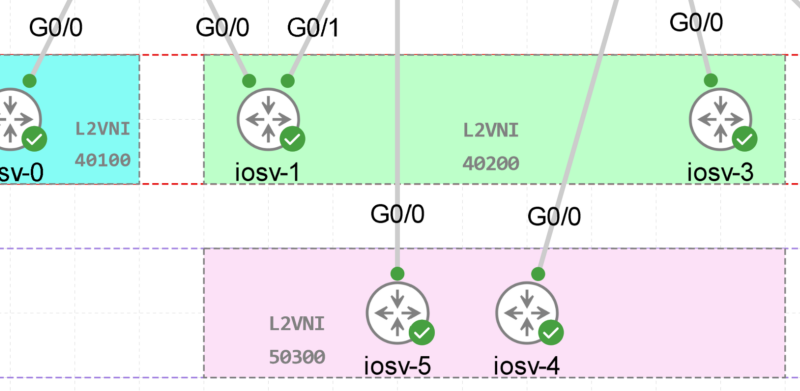Port Channel Enhancement and Guideline on Nexus switches
Contents
LACP Suspend Individual
By default, LACP sets a port to the suspended state if it does not receive an LACP PDU from the peer.
In some cases (example PXE Boot), although this feature helps in preventing loops created due to misconfigurations, it can cause servers to fail to boot up because they require LACP to logically bring up the port. You can place a port in an individual state by using the no lacp suspend-individual command.
switch# configure terminal
switch(config)# interface port-channel 1
switch(config-if)# shutdown
switch(config-if)# no lacp suspend-individual
switch(config-if)# no shutdownLACP graceful-convergence
By default, LACP graceful convergence is enabled. In situations where you need to support LACP interoperability with devices where the graceful failover defaults may delay the time taken for a disabled port to be brought down or cause traffic from the peer to be lost. To address these conditions, the lacp graceful-convergence command was added.
You can disable convergence. If the downstream access switch is not a Cisco Nexus device, disable the LACP graceful convergence option.
Configuration example:
switch# configure terminal
switch(config)# interface port-channel 1
switch(config-if)# shutdown
switch(config-if)# no lacp graceful-convergence
switch(config-if)# no shutdownNote
Cisco recommends disabling lacp graceful-convergence for connecting with non-LACP compliant devices. This is recommended to reduce packet loss during port bring up or failure scenarios.
Port-Channel Hash Distribution
The port-channel level configuration overrules the global configuration. The default configuration is adaptive globally, and there is no configuration for each port channel (brb).
Guidelines and Limitations for Port Channels
Port channeling has the following configuration guidelines and limitations:
- The LACP port-channel minimum links and maxbundle feature is not supported for host interface port channels.
- You must enable LACP before you can use that feature.
- You can configure multiple port channels on a device.
- Do not put shared and dedicated ports into the same port channel.
- For Layer 2 port channels, ports with different STP port path costs can form a port channel if they are compatibly configured with each other.
- In STP, the port-channel cost is based on the aggregated bandwidth of the port members.
- After you configure a port channel, the configuration that you apply to the port-channel interface affects the port-channel member ports. The configuration that you apply to the member ports affects only the member port where you apply the configuration.
- LACP does not support half-duplex mode. Half-duplex ports in LACP port channels are put in the suspended state.
- You must remove the port-security information from a port before you can add that port to a port channel. Similarly, you cannot apply the port-security configuration to a port that is a member of a channel group.
- Do not configure ports that belong to a port-channel group as private VLAN ports. While a port is part of the private VLAN configuration, the port-channel configuration becomes inactive.
- Channel member ports cannot be a source or destination SPAN port.
References:

![Explore The BGP Path Selection Attributes [Explained with Labs]](https://learnduty.com/wp-content/uploads/2022/07/image-28-800x450.png)
